Jonquil (Narcissus jonquilla) is a vibrant spring-flowering plant in the daffodil family, Amaryllidaceae. Native to Portugal and Spain, this bulbous species thrives in a variety of climates and is cherished for its clusters of bright blooms and sweet fragrance. Often referred to by other common names like Daffodil, Narcissus, Paper White, or Species Daffodil, it has become a popular choice for gardeners worldwide.
Jonquil is particularly prized for its strongly scented oil, a key ingredient in perfumes for centuries. Its striking flowers and pleasant aroma make it a versatile addition to gardens, suitable for borders, containers, or naturalized areas. Whether enhancing landscapes or fragrance blends, this timeless plant remains a favorite among gardening enthusiasts.
| Common name | Daffodil, Jonquil, Narcissus, Paper White, Species Daffodil |
| Botanical name | Narcissus jonquilla |
| Family | Amaryllidaceae |
| Species | jonquilla |
| Origin | Portugal, Spain |
| Life cycle | Bulb |
| Plant type | Bulb |
| Sunlight | Full Sun |
| Maintenance | Low |
| Soil condition | High Organic Matter |
| Drainage | Well-Drained |
| Spacing | Less than 12 in. |
| Flowering period | Spring |
| Height | 8 in. – 1 ft. 6 in. |
| Flower color | Gold, Yellow |
| Leaf color | Green |
| Flower benefit | Fragrant |
I. Appearance and Characteristics
Narcissus jonquilla, commonly known as jonquil or rush daffodil, is a bulbous flowering plant, a species of the genus Narcissus (daffodil) that is native to Spain and Portugal but has now become naturalised in many other regions: France, Italy, Turkey, the former Yugoslavia, Madeira, British Columbia in Canada, Utah, Illinois, Minnesota, Ohio, and the southeastern United States from Texas to Maryland.
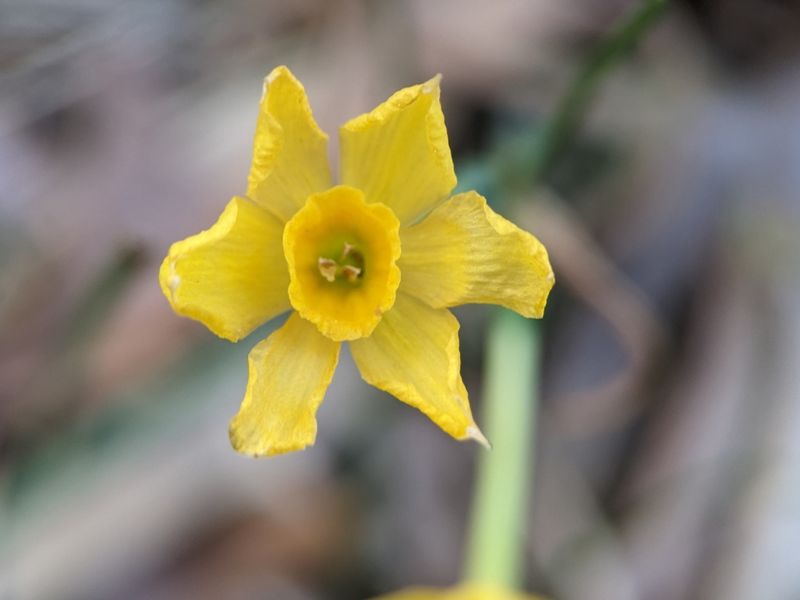
Narcissus jonquilla bears long, narrow, rush-like leaves (hence the name jonquil, Spanish junquillo, from the Latin juncus ‘rush’). In late spring it bears heads of up to five scented yellow or white flowers. It is a parent of numerous varieties within Division 7 of the horticultural classification. Division 7 in the Royal Horticultural Society classification of Narcissus includes N. jonquilla and N. apodanthus hybrids and cultivars that show clear characteristics of those two species.
N. jonquilla has been cultivated since the 18th century in France as the strongest of the Narcissus species used in narcissus oil, a component of many modern perfumes.
II. How to Grow and Care
Sunlight
Jonquil thrives in full sun environments, requiring abundant light for optimal growth and flowering. The preferred intensity involves direct sunlight for the majority of the day, which aids in the development of healthy foliage and robust blooms. Jonquil exhibits tolerance to partial sun, although this may result in less vigorous growth and fewer flowers. To ensure health and vigor, jonquil has an innate ability to adjust to varying light conditions to some extent.
Outdoors, jonquil should be positioned in areas that receive ample sunlight, while indoors, a location near a sunny window is ideal to meet its light requirements. The plant’s adaptability to light positions it well for a variety of sunny and partly sunny settings, maintaining its ornamental appeal.
Temperature
Most varieties of jonquil are hardy and can overwinter in hardiness zones 8-10. Jonquil needs 6-8 weeks of temperatures below 5 ℃ in winter to successfully complete flower initiation and flower. The best temperature for growth is 12 to 18 ℃, and for flowering about 20 ℃. Jonquil doesn’t have a high demand for water and can adapt well to both dry and humid climates.
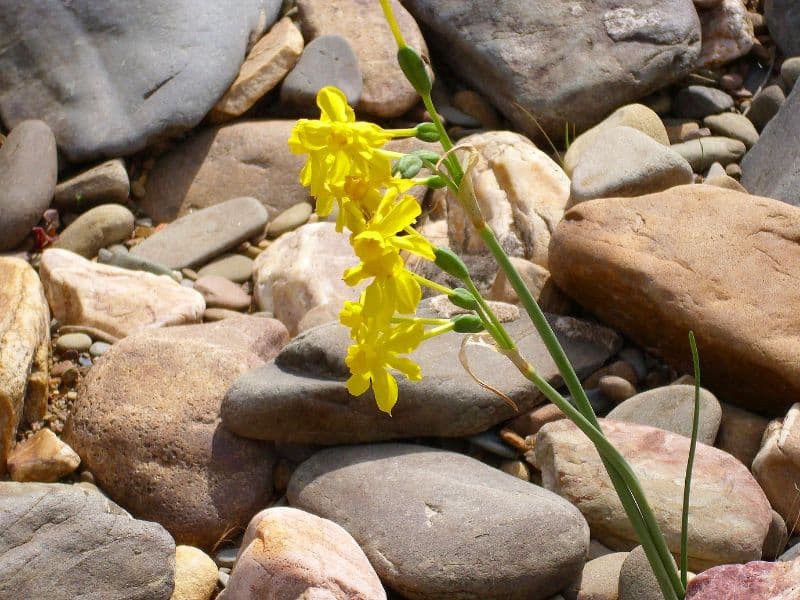
Watering
Jonquil thrives in its native habitat, where water is plentiful. It exhibits a preference for humidity and shows relative balance in terms of water intake. The plant needs watering every week to maintain its health. Typically grown outdoors, jonquil has a distinctive growing season during which it requires consistent moisture levels. Its deciduous nature means that the plant’s water requirements may decrease during dormancy.
Soil
Jonquil prefers fertile, loose, well-drained, and slightly acidic or neutral soil. The suitable soil pH range is 6-7. It cannot be planted in clay soil with poor drainage, as accumulated water will cause the bulb to rot and fail to bloom. Add coarse sand and humus to improve the soil structure and ensure good drainage can avoid it.
Fertilizing
For healthy growth and abundant blooms, fertilize jonquil with balanced nutrition fertilizers, opting for high phosphorus types during blooming to encourage flower production. Apply fertilizer in late winter to early spring, following label instructions for dilution rates.
A monthly schedule is ideal, tapering off in the dormant season. Adequate but not excessive quantities maintain vigor without risking bulb rot. Mistakes can include over-fertilization, leading to foliage at the expense of flowers. Seasonal adjustments and precise application ensure jonquil thrives, rewarding with vibrant spring displays.
Pruning
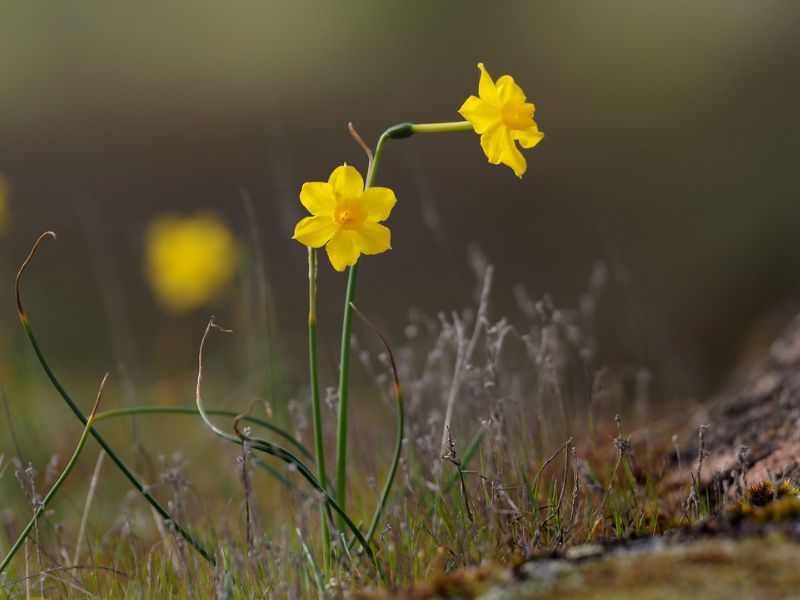
Remove withered flowers from jonquil promptly to prevent it from consuming nutrients during fruit growth. Retaining bulb nutrients this way prolongs the blooming time of other flowers. After flowering, do not cut off the leaves until they turn yellow and wither so that the leaves can photosynthesize for as long as possible and store nutrients for the bulbs. This is conducive to the following year’s rebloom.
Propagation
You can buy bulbs directly from a garden center for planting. Jonquil is a perennial bulb. Baby bulbs will form around any parent bulbs that have been growing for many years. You can use these small bulbs to propagate. In the autumn, dig out the bulbs, cut off the small bulbs, and replant them in your garden or flower pots using the original planting method. After growing for 2-3 years, the plant can bloom again.
Transplanting
Transplanting jonquil thrives best in late summer to early fall (S2-S3), as this time guarantees more productive growth. Choose a sunny spot with good drainage for optimal results. Keep in mind, amateur transplants sometimes result in short-lived flowers, so handle them with care!
Repotting
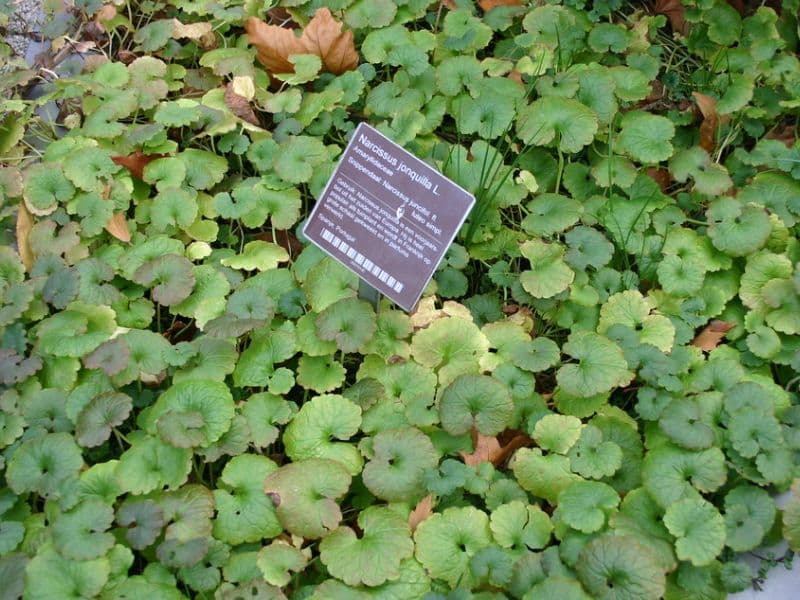
Jonquil grows as a small, fragrant perennial and should be repotted every 2-3 years to accommodate its growth. Optimal repotting time is post-bloom, in late spring or early summer. Choose a pot slightly larger than the current one to ensure room for root expansion. Post-repotting, provide jonquil with well-drained soil and consistent moisture without waterlogging. Care is straightforward, making recovery quick with the right conditions.
III. Uses and Benefits
Jonquil is among the most popular flowering bulbs cultivated in all types of gardens and landscapes. You can plant it in flower beds, garden borders, and container gardens, where it will delight you with its springtime blossoms that also make excellent cut flowers. In addition, you can find cultivars of this bulb in an assortment of colors and grow them for solid blocks of color or mixed color landscapes.
IV. Harvesting and Storage
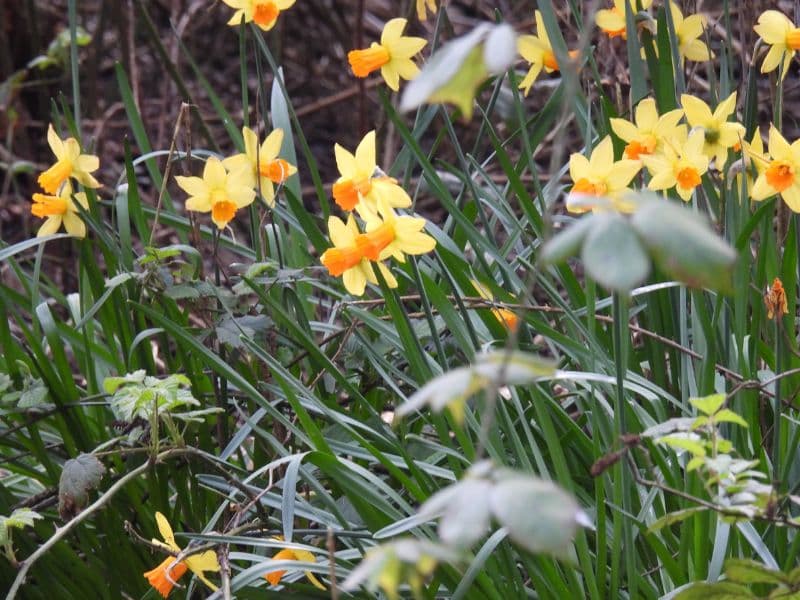
Jonquil is very beautiful. When the flower buds are enlarged and the outer petals have just softened but not yet fully opened, you can cut them to enjoy in a vase. Use sharp garden shears to cut from the base of the flower stem and promptly put it in a vase filled with 2/3 clean water to avoid water loss. The vase life of these flowers is 7-15 days. If you want to extend their display period as much as possible, you can add some cut flower food and change the water every 3 days.
Find Where to Buy the Best Jonquil (Narcissus jonquilla)



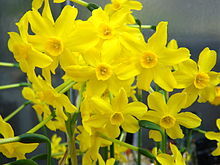

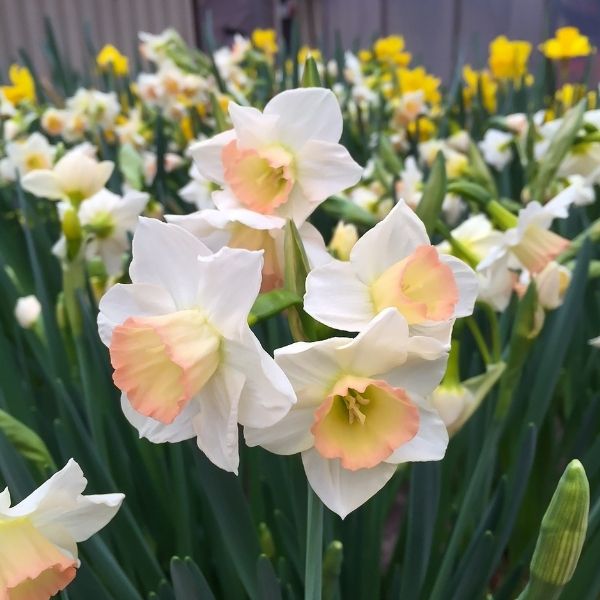

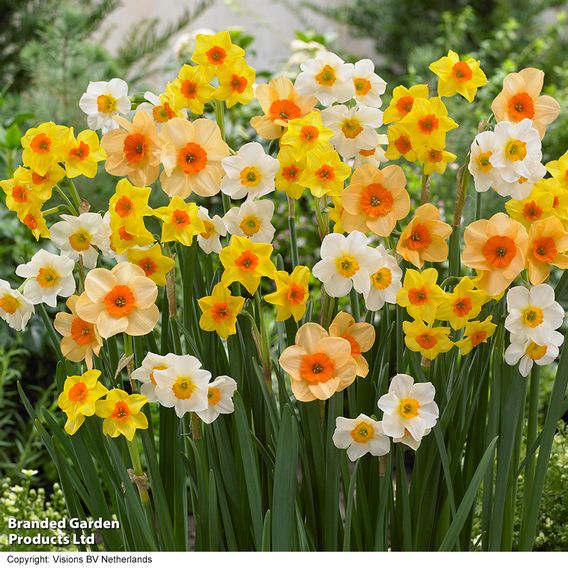








Leave a Reply